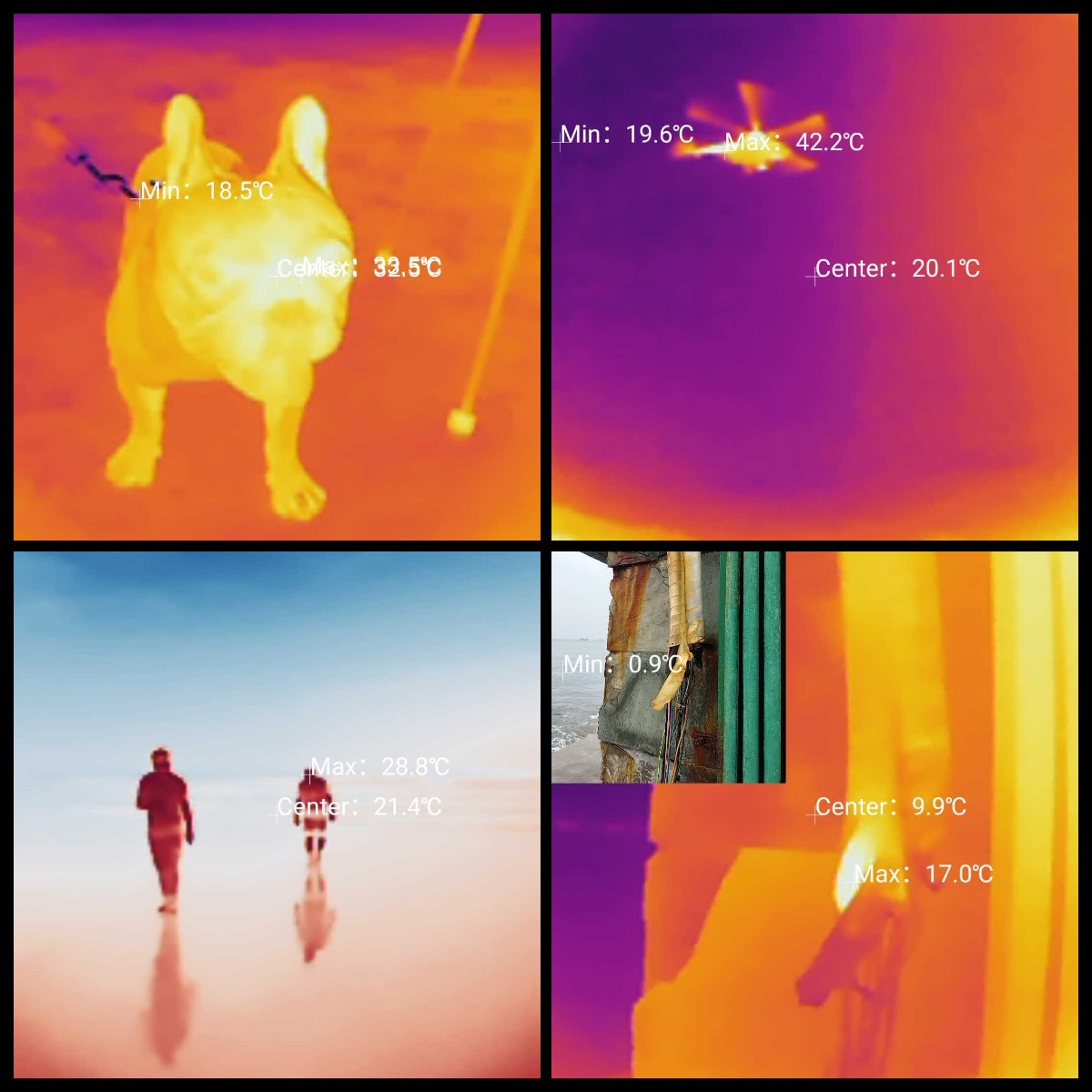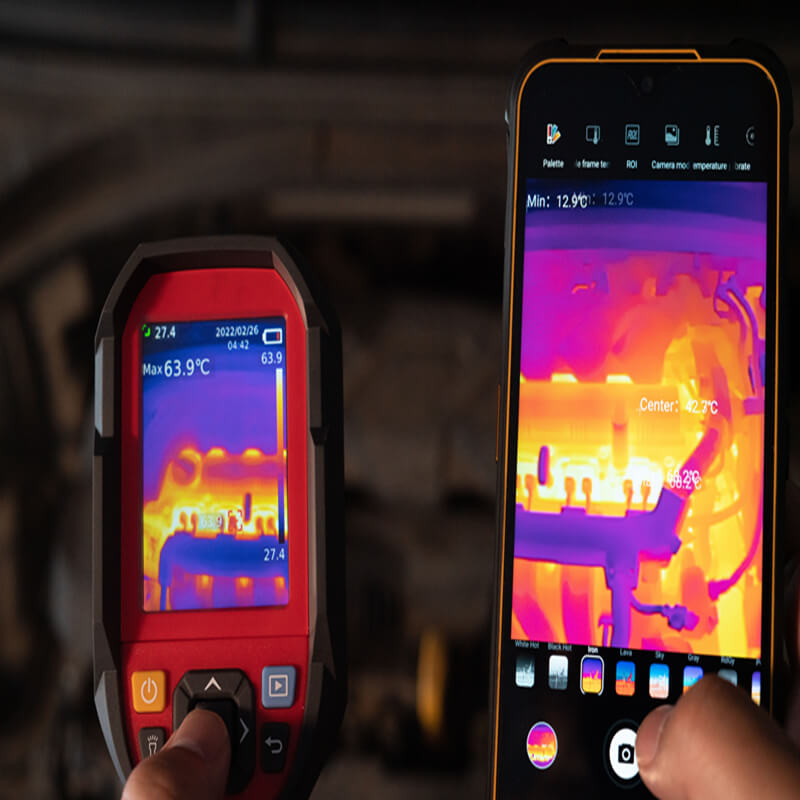When looking a photo, it is usually seamless. However, that’s not true. I believe everyone knows that fact that, if you magnify a photo lots of times, it eventually becomes blurry. What once clear became color blocks, and objects seem indistinguishable. There is usually a limit until you see the color blocks. Such limit is the photo’s resolution.
Right click the file, and check the property. The digits on resolution are usually around millions. However, if we take a look at the resolution of a thermal imaging camera, It’s usually around thousands. The Glory Pro and the Glory G1S’ thermal imager both has a resolution of 192 * 256.
If we do the math, the answer is 49,152. Let’s check the resolution of an ordinary 4K photo. 4096*2160, equals to 8,847,360. The difference is almost immense.
This is the picture, it is made of small pixels.
Pixels are the basic building blocks of this picture. They are single colored squares. A 48 MP photo was built around 48 million pixels. I suppose everyone of you has a phone, and you all understand how small the phone camera is. The structure of the cameras in your phone are truly brilliant, because they built 48 million small sensors in a platform which smaller than your thumbnail.
How does that related to the thermal imager?
Hold your horses, here we are.
Camera sensors were built to detect visible light. The thermal sensors were built to detect invisible far infrared rays. Infrared rays are electromagnetic waves which have longer wavelength than visible light. This is why thermal sensors are much larger than normal camera sensors.
Normally an average camera sensor is 1-2µm and an average thermal sensor is 12-17µm.
Hence it is almost 10 times larger, it is extremely difficult to put a high resolution thermal camera inside a smartphone. The Glory G1s, has a resolution of 192*256, more than forty thousand thermal sensors integrated in a very small space.
Therefore, it is possible to make a high resolution thermal imaging device, but there is always a but. Before you buy such device, you need to prepare a lot of much and a very big space. It will certainly be big and expensive.





